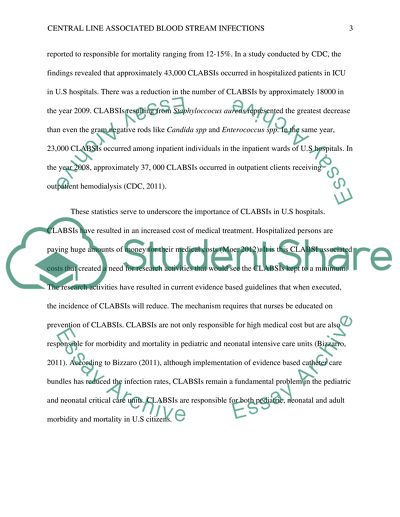Cite this document
(“Prevention of Central Line Associated Blood Stream Infections Through Research Paper”, n.d.)
Prevention of Central Line Associated Blood Stream Infections Through Research Paper. Retrieved from https://studentshare.org/nursing/1449548-prevention-of-central-line-associated-blood-stream
Prevention of Central Line Associated Blood Stream Infections Through Research Paper. Retrieved from https://studentshare.org/nursing/1449548-prevention-of-central-line-associated-blood-stream
(Prevention of Central Line Associated Blood Stream Infections Through Research Paper)
Prevention of Central Line Associated Blood Stream Infections Through Research Paper. https://studentshare.org/nursing/1449548-prevention-of-central-line-associated-blood-stream.
Prevention of Central Line Associated Blood Stream Infections Through Research Paper. https://studentshare.org/nursing/1449548-prevention-of-central-line-associated-blood-stream.
“Prevention of Central Line Associated Blood Stream Infections Through Research Paper”, n.d. https://studentshare.org/nursing/1449548-prevention-of-central-line-associated-blood-stream.


